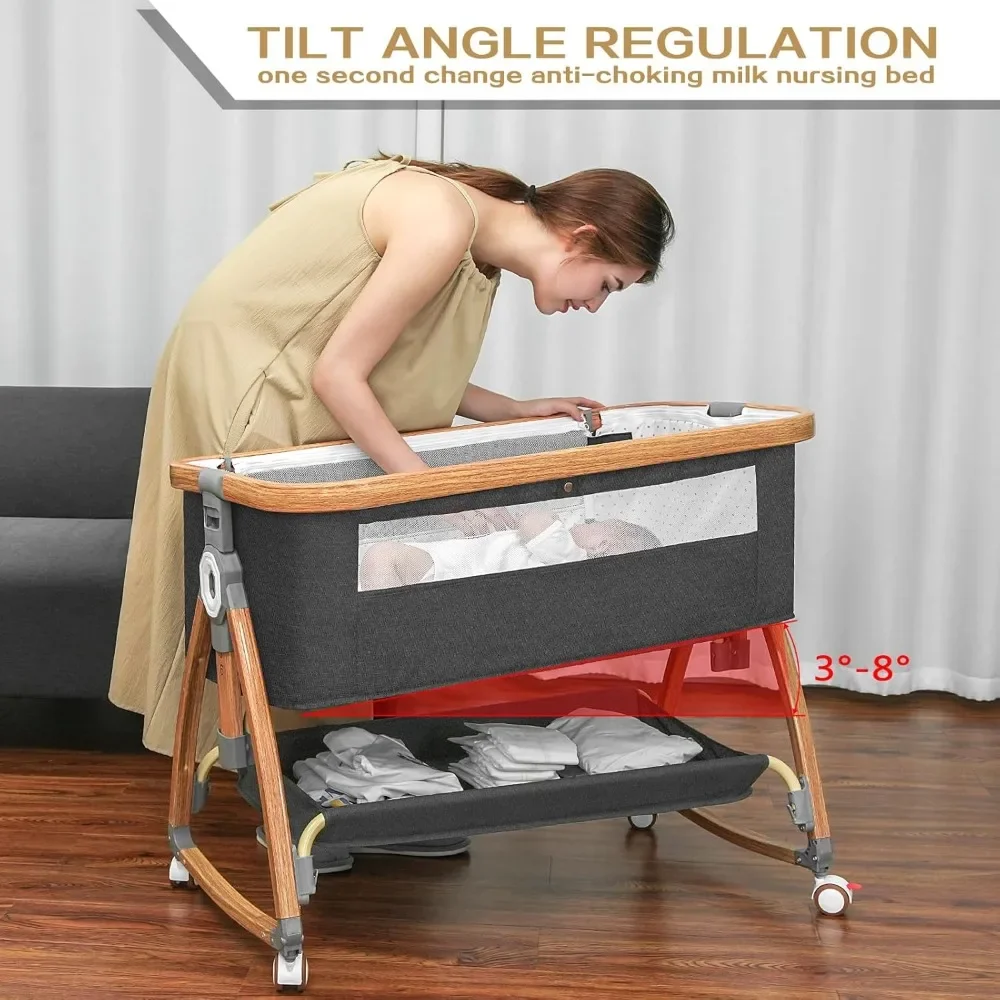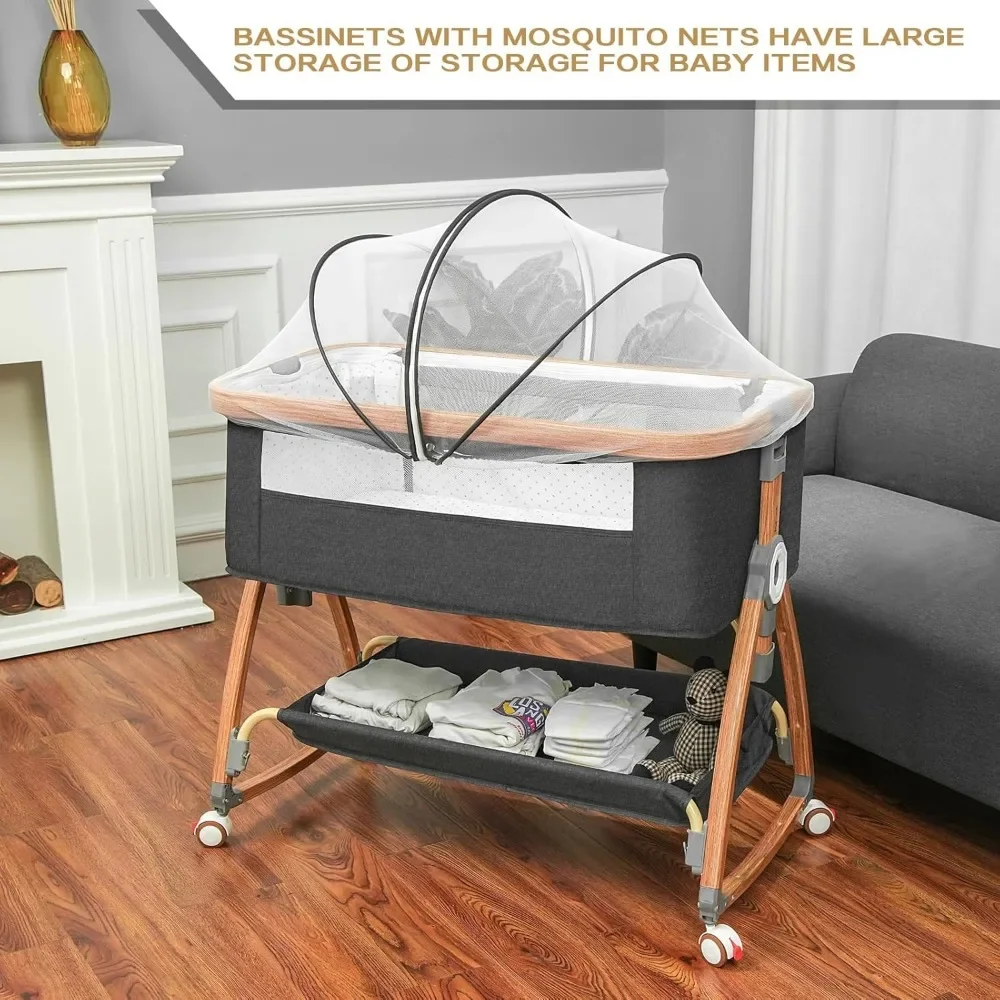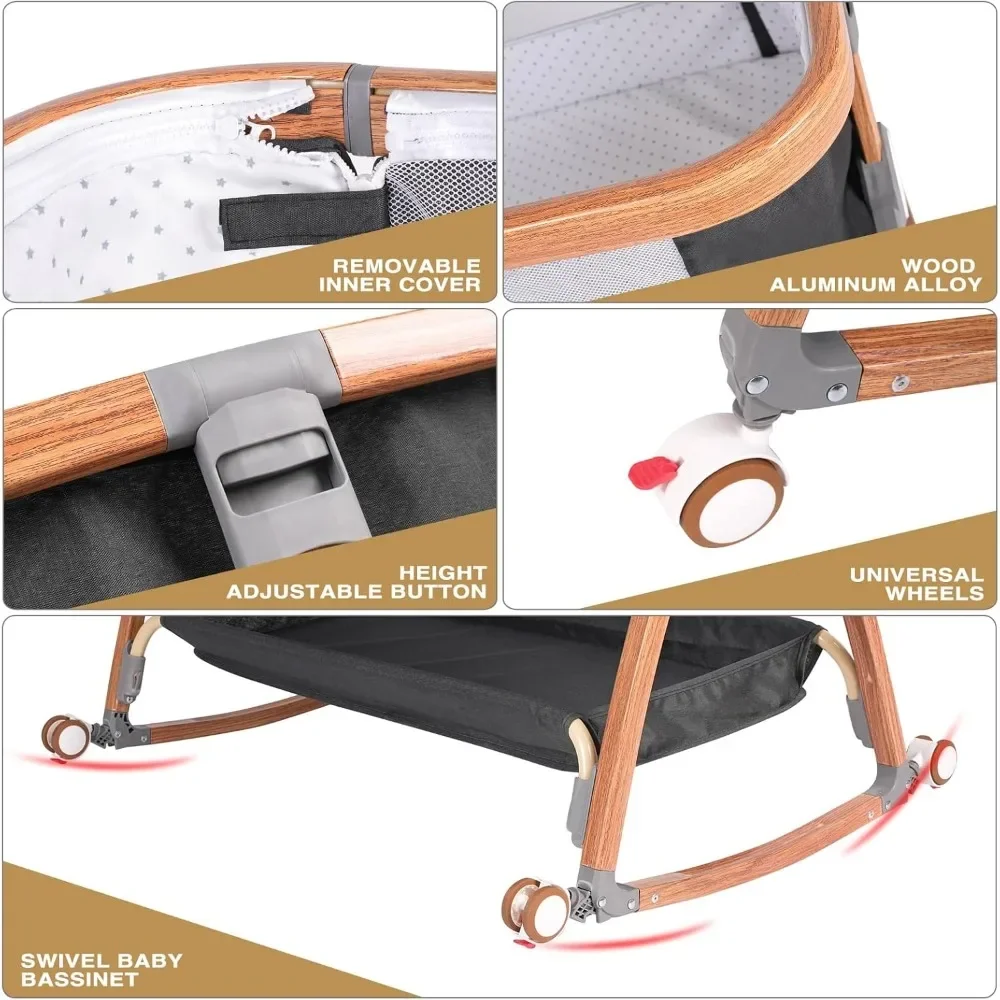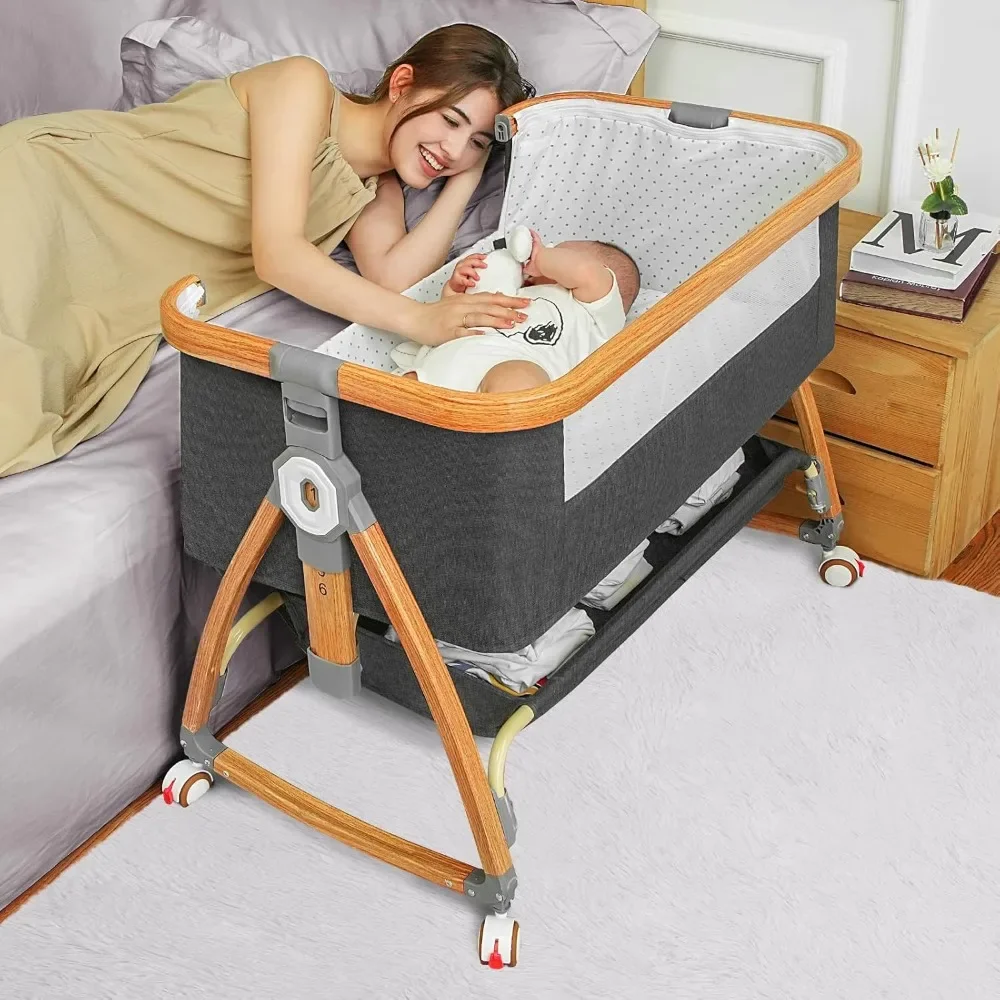Immediate Actions After the Fall
When your baby fall off the bed, it’s essential to stay calm and proceed with care. Here are immediate steps to follow:
- Check for consciousness: Ensure your baby is awake and responsive.
- Avoid moving the baby abruptly: If you suspect a head or spine injury, moving them could worsen the condition.
- Inspect for injuries: Look for visible signs of injury, like bumps, bruises, or cuts.
- Comfort your baby: Crying after a fall is natural. Comfort them with gentle words and a soothing touch.
- Monitor their behavior: Observe any changes in their usual behavior or signs of discomfort.
- Call for medical help if necessary: If there’s any doubt about your baby’s condition, don’t hesitate to seek professional advice.
- Apply a cold compress: If there’s a bump, a cold compress can help reduce swelling.
- Keep the baby still and safe: Prevent further injury by keeping your baby in a secure place while you monitor them.
Taking these immediate actions can help mitigate potential injuries and provide your baby with the best care after a fall.

Identifying Serious Injuries
It’s critical to know when a bump or fall is more than just a minor bruise. Serious injuries need quick attention. Here are signs to watch for that may indicate a more severe issue:
- Persistent crying or irritability: If soothing fails and crying lasts, it could mean pain from an injury.
- Vomiting: Repeatedly throwing up can be a sign of a concussion or other injury.
- Loss of consciousness: Even a brief loss of consciousness needs immediate medical care.
- Drowsiness or confusion: Trouble staying awake or not acting right can indicate brain injury.
- Seizures: Any seizure activity after a fall is a serious concern.
- Difficulty with normal movements: Trouble crawling, walking, or moving as usual.
- Unusual breathing: Look for changes in breathing patterns.
- Visible deformities or swelling: If limbs or head appear misshapen or have large swelling.
- Blood or clear fluid from ears or nose: This could show a skull fracture or brain injury.
Seek emergency care if your baby shows these signs. A doctor can check for head injuries, fractures, or internal damage. Preventing serious injuries begins with close monitoring after any fall. If in doubt, better to check it out.
Signs of Concussion in Babies
Recognizing a concussion in babies is vital. Look for these signs:
- Unusual crying or irritability that won’t stop may signal distress.
- Loss of consciousness needs urgent care, even if brief.
- Changes in behavior, such as excessive sleepiness or difficulty waking, are concerning.
- Seizures after a fall are a critical sign of injury.
- Vomiting can indicate a concussion or serious harm.
If any signs persist, seek medical attention. Concussions can impact your baby’s health. Watch for these symptoms carefully and act fast if you notice them.

At-Home Care for Minor Injuries
When your baby experiences a minor fall, at-home care can often be sufficient. Here are steps to consider if your little one has a minor injury:
- Calm and comfort your baby: Tenderly soothe your child to help them relax.
- Check for minor injuries: Look for small bumps or bruises on your baby’s body.
- Apply a cold compress: Use a clean cloth to wrap ice and gently press on any bumps to reduce swelling.
- Provide pain relief if needed: Offer breastmilk, formula, or if over 6 months, the right dose of acetaminophen, but only after consulting with a pediatrician.
- Rest and observe: Allow your baby to rest. Watch for changes in behavior or symptoms.
- Keep them hydrated: Offer regular fluids to keep your baby well-hydrated.
- Distract and engage: Use toys or activities to keep your little one’s mind off any discomfort.
Remember, if the symptoms worsen or if you are unsure about the severity of the injury, always seek medical advice. Caring for minor injuries at home includes monitoring for any changes that may require professional help.
When to Seek Emergency Care
Knowing when to seek emergency care is crucial if your baby sustains a fall. Act immediately if you notice:
- Loss of consciousness: If your baby doesn’t wake or respond, get help right away.
- Continuous crying or agitation: Non-stop crying can mean pain from a significant injury.
- Severe and persistent vomiting: This may signal a concussion or another serious issue.
- Trouble with regular movements: Difficulties in crawling or walking may indicate a problem.
- Breathing changes: Watch for any unusual patterns in your baby’s breathing.
- Visible deformities or swelling: Look for misshapen limbs or large swelling spots.
- Fluids from ears or nose: Blood or clear fluid could suggest a skull fracture.
If your baby displays any of these, visit the emergency room quickly. Doctors will check for fractures, brain injuries, or internal harm. It’s essential to err on the side of caution and get professional help if something seems off. Safety is the top priority, so never hesitate to seek medical attention when in doubt.
Tips for Preventing Future Falls
To minimize the risk of falls, prevention is key. Follow these safety tips to protect your little one:
- Secure your home: Baby-proof the house by installing safety gates and window locks.
- Clear hazards: Keep floors clear of toys, clutter, and anything that can cause tripping.
- Create safe play areas: Use playpens or mats to delineate a safe space for your baby.
- Monitor constantly: Always watch your baby, especially on elevated surfaces like beds or sofas.
- Teach and guide: As your baby grows, teach them how to navigate their environment safely.
- Use appropriate gear: Provide helmets for biking or other activities that require them.
Safety measures should adapt as your baby develops and explores more. Remain vigilant to reduce fall risks.

Understanding Potential Injuries from a Fall
When a baby falls off a bed, it’s crucial to know the potential injuries they might face. This knowledge helps in providing the right care and deciding whether to seek professional help. Here are some common injuries that can occur from such falls:
- Bumps and Bruises: Soft tissue injuries are common and are usually less concerning.
- Cuts and Scrapes: The baby might sustain cuts which could need cleaning or bandages.
- Skull Fractures: Though rare, a severe impact could lead to fractures needing immediate attention.
- Concussions: Signs such as vomiting or drowsiness may point to a mild brain injury.
- Internal Injuries: In some cases, there could be damage to internal organs.
- Limb Injuries: Falling awkwardly may lead to sprains or even broken bones.
Parents should look for signs such as odd breathing, continuous crying, and loss of alertness. If these occur, they must act fast and consult a doctor. Understanding what injuries can happen equips parents to better handle and prevent serious complications after a fall.
Coping and Recovery After an Incident
After your baby experiences a fall from the bed, coping and recovery are important. Start by maintaining a calm environment for your baby. Stress can slow healing, so keep things soothing and quiet. Watch for signs of recovery, like returning to normal play and eating habits. Stick to a regular sleep schedule to help your baby rest well. During recovery, give plenty of cuddles and reassurance to comfort your baby.
If your baby suffered from more severe injuries, follow your doctor’s advice closely. This may include medication schedules or special care instructions. Attend all follow-up appointments to monitor your baby’s healing process. Remember, healing takes time, so be patient as your baby gets back to being their active self.
Preventing future incidents is also part of the recovery process. Review what happened and how you can prevent it. This might mean rearranging furniture, securing baby gates, or changing your baby’s sleep area. Take these steps seriously to keep your baby safe in the future.
Lastly, don’t forget to care for yourself. Witnessing your baby fall can be traumatic. Talk to someone if you’re feeling stressed, and take breaks when you need them. Coping and recovery are about both you and your baby. Together, you’ll get through the post-incident period.
